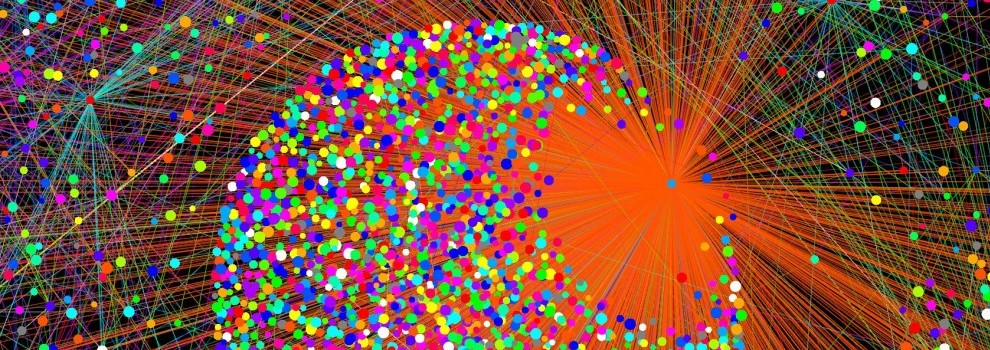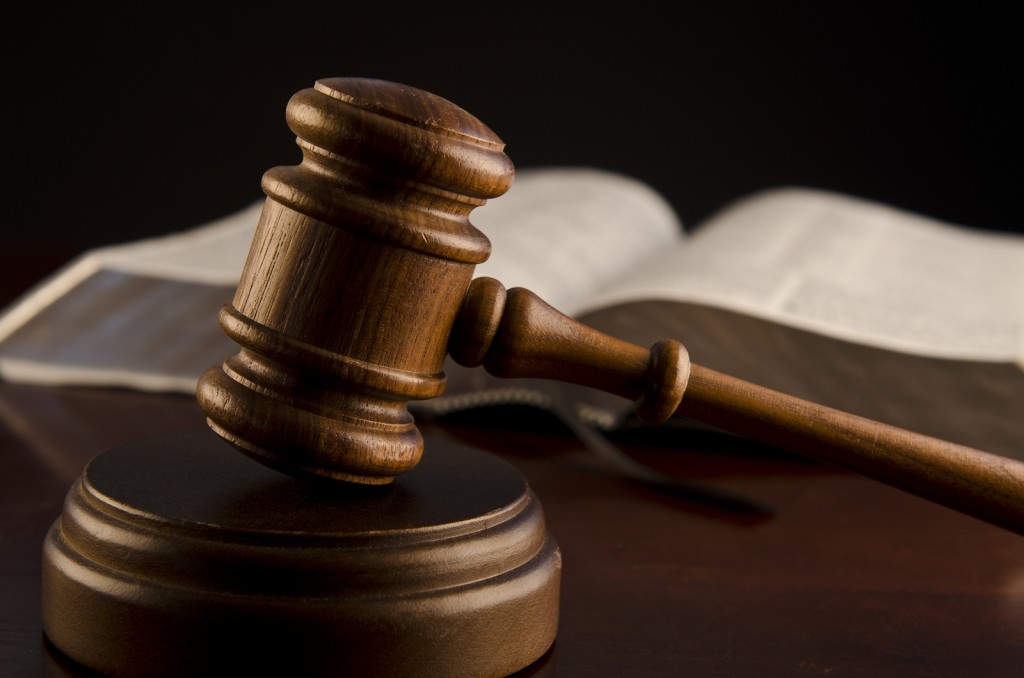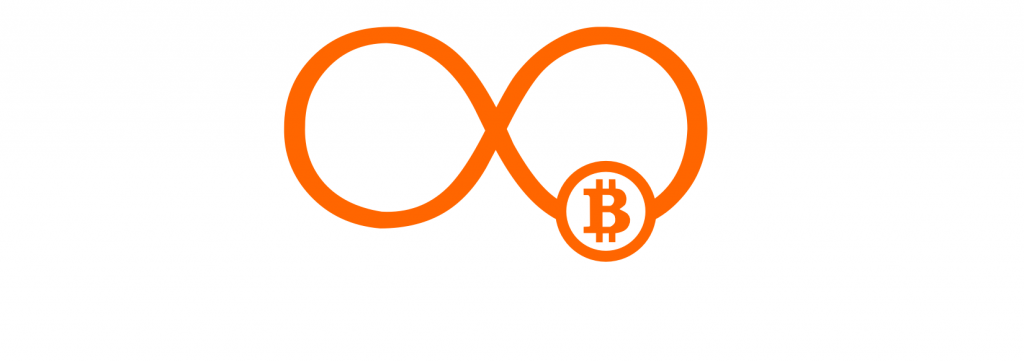The line between fiat and cryptocurrency is getting fuzzier. With the advent of Bitcoin 2.0 technology, we can now use cryptocurrency to exchange stocks, property, commodities, and even state-backed money. But if the whole point of cryptocurrency was to decentralize the financial system, what’s the point of a dollar-backed coin?
Dollar-backed digital coins have been attempted many times before. The Canadian government even tried to get in on the action, and unsurprisingly failed. Some claim that the first cryptocurrency to attempt this was Coinaaa, but this is technically incorrect. Coinaaa sells premined coins, and does invest a lot of the revenue in Norwegian krone, but their intention is to maintain a stable value independent of any state-backed currency. The company invests their earnings, and uses some of the money to buy back coins when the price drops, or sell coins when it rises.
The company promises 0% transaction fees, but at the cost of a centralized mining system. While this fails to represent actual kroner one could trade in a decentralized manner, it does serve as a great transactional currency. This is theoretically possible without having to rely on humans–decentralized autonomous software could do this by adjusting block rewards or destroying transaction fees in response to price fluctuations–but if they make the right investments, it functions for now.
Given the possible and existing options available, one might then wonder why Brock Pierce chose to introduce Realcoin, the first cryptocurrency backed by US dollars. Although they claim to hold US dollars in “conservative investments,” this probably means they’re doing the same thing Coinaaa is with your money. The major difference is that they aren’t trying to maintain a stable value: Realcoin claims they will maintain a fully-auditable 1-to-1 reserve of US dollars, which can be redeemed for their coins. This is all enabled by the Mastercoin protocol on the existing Bitcoin blockchain.
This will cause Realcoin to fluctuate with the value of the dollar, for better or for worse. It will inflate with time, as all fiat money does, meaning you won’t want to keep your savings in it–Bitcoin would be a better choice. A good transactional currency should be neither inflationary nor deflationary, so Coinaaa is clearly the superior choice for daily use; both will likely make their profit by trading and investing with your money, and require very similar amounts of trust.
Why, then, create Realcoin? Although the Coinaaa company will definitely hold some kroner, a Coinaaa will not represent the value of a Norwegian krone. This means that if you want to do FOREX trading involving Norwegian currency, you have no choice but to return to centralized exchanges. Even if you don’t want to hold or use kroner, there’s profit to be had in exchanging it.
Realcoin, therefore, represents an opportunity to speculate with fiat currency for the first time. If you have reason to believe its price will move for or against a digital currency on the market, now you can take advantage of that. Given that the Mastercoin protocol will almost certainly contain a decentralized exchange, Realcoin allows you to trade in US dollars without ever touching a traditional financial institution. The state is just like any other company, issuing money that you can choose to use–or not.
The post Where Cryptocurrency and Fiat Collide appeared first on Bitcoin Magazine.














